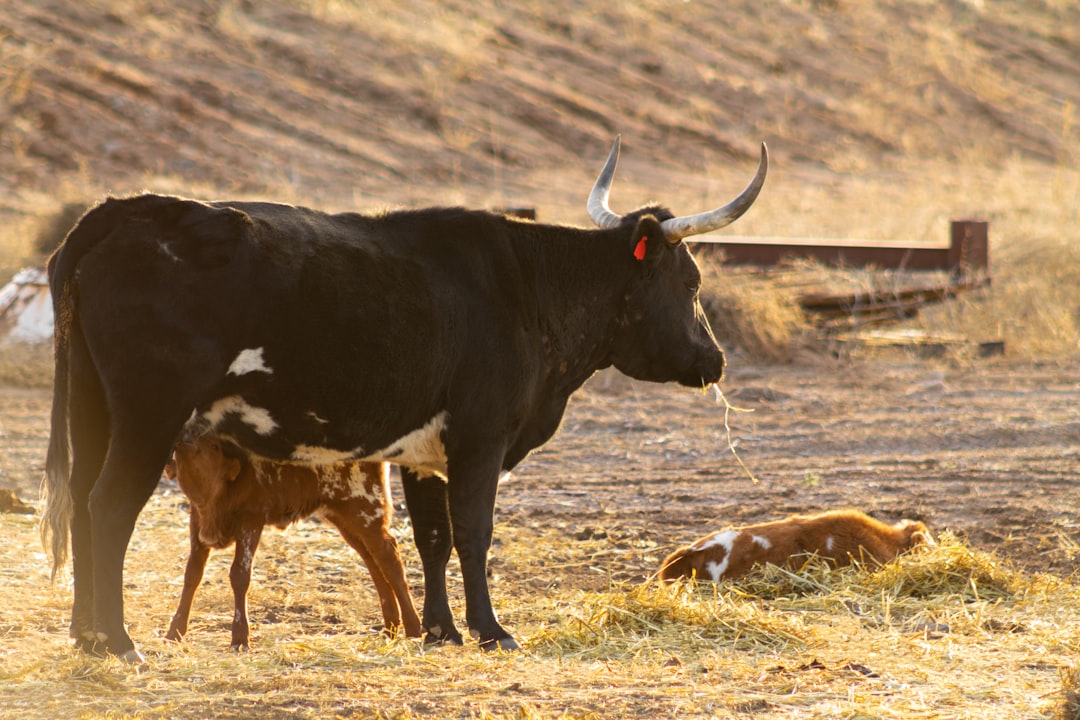Grazing management is the practice of organizing livestock to optimize pasture use, focusing on the frequency and intensity of grazing to benefit both the animals and the environment. Sustainable grazing management is essential for maintaining healthy pastures, improving animal performance, and promoting environmental stewardship. Implementing effective grazing strategies can lead to improved forage utilization, decreased feed costs, enhanced water quality, and reduced soil erosion.
Principles of Grazing Management
Effective grazing management balances plant and animal needs, ensuring desirable animal performance while maintaining plant persistence. Key principles include:
-
Matching Nutrient Requirements: Aligning cattle nutrient needs with pastures of appropriate quality and forage availability.
-
Forage Quality: Managing grazing to maintain forage quality, as the stage of maturity significantly influences it.
-
Plant Health: Ensuring adequate leaf area remains on desirable plants for photosynthesis and controlling grazing to maintain plant vigor and enhance nutrient cycles.
Global Best Practices in Grazing Management
-
Rotational Grazing: Dividing pastures into smaller sections (paddocks) and rotating cattle through them allows for periods of rest and recovery, maintaining healthy forage and preventing overgrazing. Ranch A in Alberta has seen remarkable improvements in their land and animal welfare by implementing a rotational grazing system. Rotational grazing is more productive than continuous grazing.
-
Stocking Density Adjustment: Adjusting the number of cattle in a pasture based on its carrying capacity prevents overstocking and land degradation. Overstocking at critical stages may result in irreversible damage to pastures, which may in turn need to be resown.
-
Water Management: Ensuring cattle have access to clean water sources encourages even grazing distribution and maintains animal health. Strategically placing water sources encourages even grazing distribution.
-
Monitoring and Record-Keeping: Regularly assessing pastures and recording data on forage growth helps adjust grazing management plans accordingly.
-
Strip Grazing: Strip grazing involves giving animals access to a limited area of pasture for a short period, usually a few days. This method maximizes forage utilization and minimizes waste.
-
Integrating Legumes: Incorporating legumes into pastures fixes nitrogen naturally, reducing the need for synthetic fertilizers.
Benefits of Good Grazing Management
-
Improved Forage Utilization: Efficient grazing management leads to better use of available forage.
-
Reduced Costs: Optimizing grazing can decrease feed costs and reduce the need for synthetic fertilizers.
-
Enhanced Animal Performance: Matching cattle nutrient requirements with forage quality improves animal health and productivity.
-
Environmental Stewardship: Proper grazing management improves water quality, controls soil erosion, and supports wildlife habitat.
-
Soil Health: Rotational grazing and proper stocking rates promote deeper root systems, increase soil organic matter, and improve water retention.
The Importance of a Grazing Plan
Designing a grazing plan is the first step in an effective pasture management system. A grazing plan should include all components of the grazing and pasture system and serve as a guide for management improvements. Mapping grazing areas helps track available resources and adjust the plan for changing conditions.
Conclusion
Implementing sustainable grazing management practices is crucial for enhancing cattle production while preserving the environment. By adopting techniques such as rotational grazing, adjusting stocking densities, and monitoring pasture health, farmers can achieve a balance between productivity and sustainability. As global awareness of sustainable agriculture grows, the role of grazing management will continue to be vital in ensuring the long-term health of both livestock and the land.
Citations:
- https://utbeef.tennessee.edu/wp-content/uploads/sites/127/2021/11/W1030.pdf
- https://www.farmbrite.com/post/the-rancher-s-guide-to-sustainable-grazing-practices
- https://www1.agriculture.alberta.ca/$department/deptdocs.nsf/all/epw8724/$FILE/cowcalf_chapter07.pdf
- https://environment.co/7-methods-of-grazing/
- https://www.mla.com.au/extension-training-and-tools/feedbase-hub/persistent-pastures/grazing-management/
- https://organicagcentre.ca/farmers-blog/the-secrets-of-sustainable-livestock-management-a-farmers-guide/
- https://extension.umn.edu/pasture-based-dairy/grazing-and-pasture-management-cattle
- https://sevensons.net/regenerative-grazing

Comments
No comments yet. Be the first to comment!
You must be logged in to comment. Login